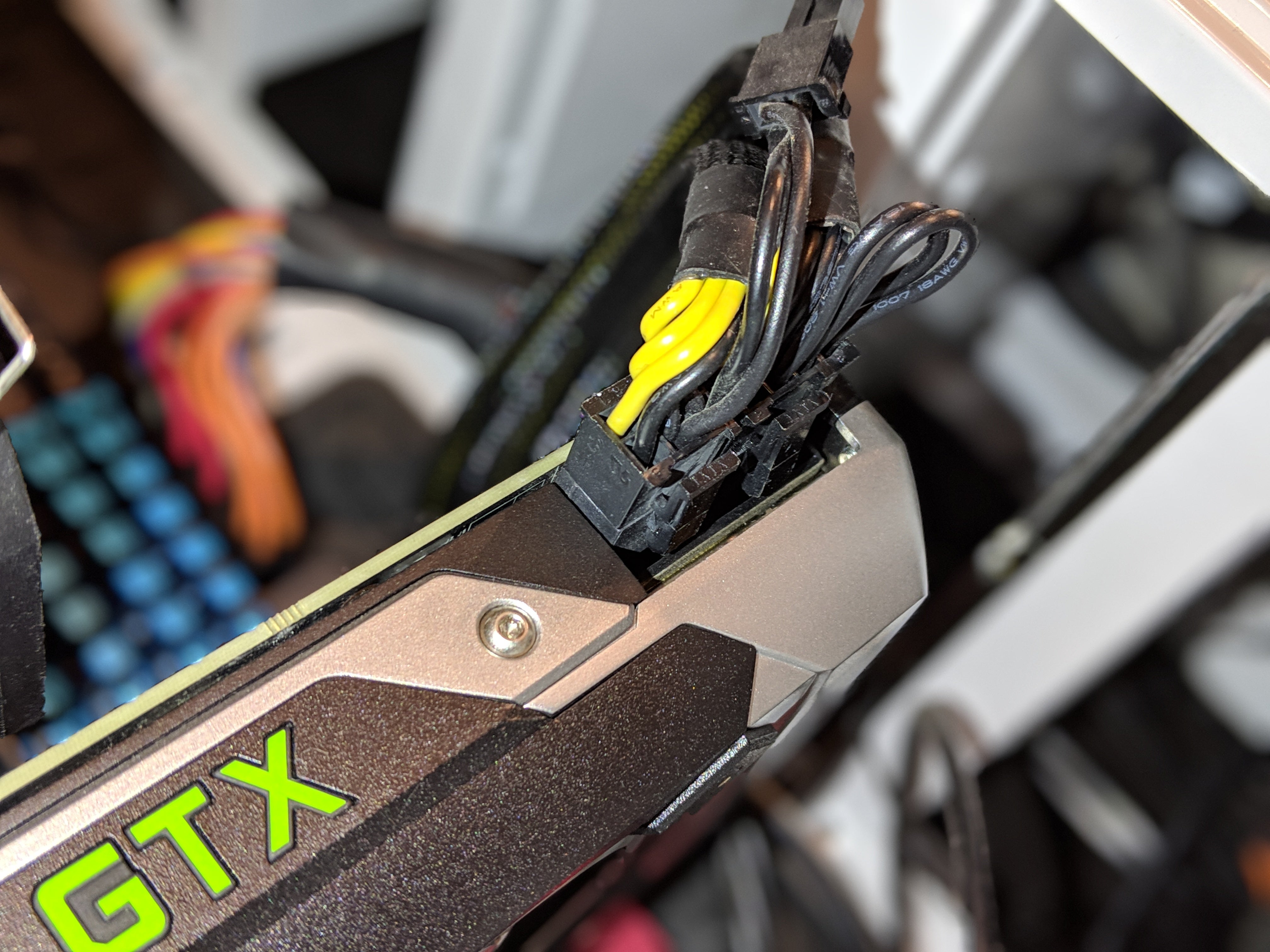

Now that you've removed your PC's side panel, you should be looking at something like this: You’ll want to put your primary graphics card in the top PCIe x16 slot (the big long one). If you're installing a graphics card for the first time, carry on reading, but if you're upgrading your existing graphics card, then you can skip down to Step 4. This should release it, allowing you to take it off, and put it to one side. Start by untwisting the screws on the back of your PC, and sliding the side panel backwards. Remember to switch off your PC's power button (as pictured above).

Turn your PC off at the plug, and make sure the switch on the back of your PC next your PSU is switched off as well. If you need help with this, check out our top gaming monitor picks, as well as our gaming monitor deals hub for all the best prices. New graphics cards tend to come with HDMI or DisplayPort outputs, so if you've been using an old monitor that only has a DVI or VGA output, for example, you might also need to think about upgrading your display in the process.

Some graphics cards only require a single 6 or 8-pin connector, for example, while others require two 8-pin connectors.įinally, make sure your display's selection of outputs matches those on the back of your graphics card. You'll also need to check your power supply has the correct number of cables to plug into your new graphics card. Nvidia's new RTX 3070 GPU, for example, recommends a 650W power supply unit, while the RTX 3080 and RTX 3090 recommend you have one that's at least 750W. Most graphics cards will state their minimum or recommended PSU wattage on the box or on their specifications page online, but it can vary from 450W all the way up to 750W. Your graphics card is one of the most powerful components inside your PC, so you'll need to make sure you've got an appropriate PSU to match. How to put your case back together again and connect your peripheralsĪ few things to note before we get started.How to connect your system panel connector and case cables.If you need more help deciding which graphics card to buy, you can read up on all our graphics card recommendations for 1080p, 1440p and 4K gaming, and you can also find the best prices for them in our regularly updated graphics card deals hub.


 0 kommentar(er)
0 kommentar(er)
